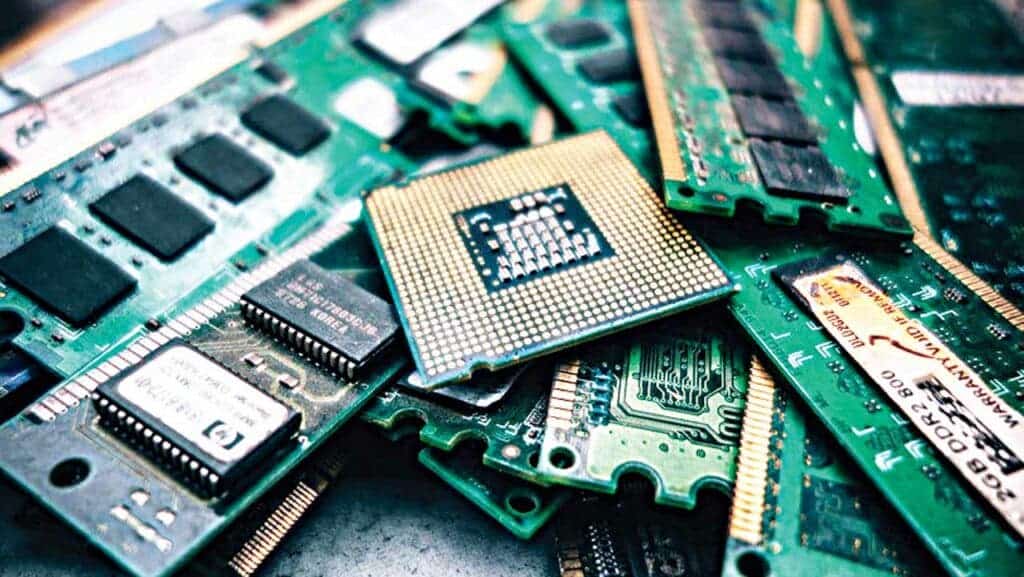From flat-screen TVs to cellphones, humans generated 53.6 million metric tons of electronic waste last year, almost two million metric tons more than the previous year. Only 17% of the waste was recycled, with the rest ending up in landfills, incinerated or just unaccounted for.

Electronic and electrical goods such as computers, refrigerators, and kettles have gradually become indispensable in modern societies, making lives easier in many ways. But they can also have toxic chemicals, and a growing production of waste is damaging the environment and human health.
The figures for last year, reported by the United Nation’s Global E-waste Monitor, are equivalent to 7.3 kilograms of electronic waste for every man, woman and child on Earth, though the use is concentrated in wealthier countries.
The amount of e-waste is growing three times faster than the world’s population
Citizens of northern European countries produced the most e-waste last year, 22.4 kilograms per person. The amount was half that seen in eastern Europe. Australians and New Zealanders also ranked high with 21.3 kilograms per person, while in the US and Canada the figure was 20.9 kilograms.
“We are at the start of a kind of explosion due to increased electrification we see everywhere,” Ruediger Kuehr, one of the authors of the report, told The Verge. “It starts with toys, if you look at what is happening around Christmas, everything comes with a battery or plug. And it goes on with mobile phones and TV sets.”
The report also found that among the discarded plastic and silicon there were large amounts of precious metals such as copper and gold, used to conduct electricity on circuit boards. A sixth of it was recycled but the remainder wasn’t, accounting for $57 billion in metals.
The concerns are higher in low and middle-income countries, where some e-waste is recycled but using unsafe practices, such as burning circuit boards to recover copper. Doing so releases toxic metals such as mercury and lead that can cause severe health effects to workers and children living nearby.
About 50 tons of mercury from monitors, energy-saving light bulbs, and other e-waste is dumped each year, the report estimated. At the same time, gases released from discarded refrigerators and air-conditioning units were equivalent to 98 million tons of atmospheric carbon dioxide in 2019.
“E-waste is a very big problem because the amount is growing at a very rapid pace each year, and the level of recycling is just not keeping up the pace,” Kees Baldé at the UN University, based in Bonn, and an author of the report, told The Guardian. “It’s important to put a price on the pollution – at the moment it is simply free to pollute.”
Growth in e-waste is expected to continue unabated, in particular in countries that have growing middle classes. The authors of the study, which is produced by the UN University, the International Solid Waste Association and others, predicted that global e-waste could grow to 74 million metric tons by 2030.
Back in 2018, the UN had set a target of increasing the recycling of e-waste to 30% by 2023. But, as things are now, the report authors see the goal as unrealistic. The number of countries with national e-waste policies or laws in place has only increased from 61 to 78 since 2014, out of a total of 193 UN member states.


